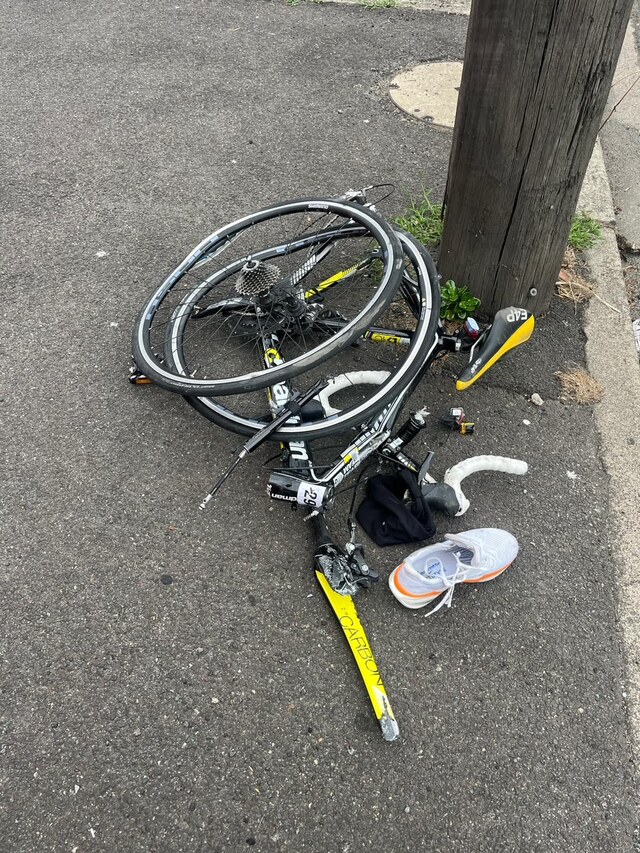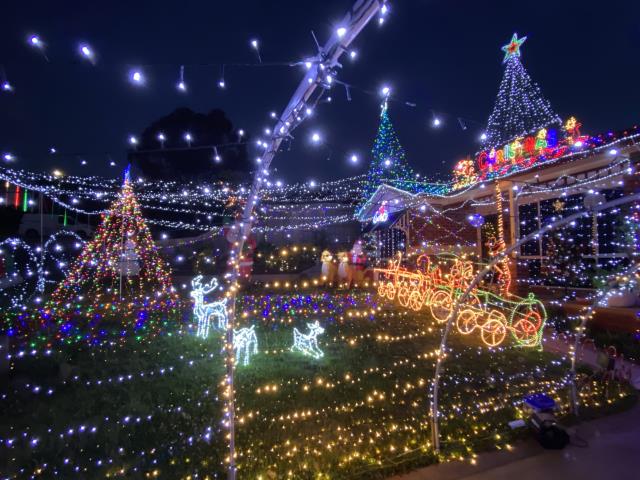Trees have such a beneficial impact on our lives.
Tree-lined streets and parks look beautiful, sure, but they are actually far more important than that.
The amount of shade around us has a profound effect on our social and physical wellbeing — much more than you might otherwise think.
Imagine, for example, two suburban streets or parks on a hot summer’s day – one is tree-lined with deep shade along the footpath; the other has no shade, leaving nowhere to escape the baking heat.
If you have that cool shade along your street, you might decide to go for a walk with your family or catch up with friends at the local park or just sit and watch the world go by.
The more shade we have, the cooler our streets will be, and the more people will be active and social –crucial elements in a happy, healthy community.
It’s why the success of Hobsons Bay’s Urban Forest Strategy is so critical. We have historically one of the lowest amounts of natural shade in greater Melbourne and in the last few years we have massively
increased the number of trees we plant each season.
Our canopy cover – how much of our city is covered in shade – was at just 7.5 per cent in 2018.
We have an ambitious target to get that to 30 per cent by 2040. That means we need to plant a lot of trees and shrubs than we normally would.
We’re making really good progress. Since 2020, we’ve planted almost 100,000 trees, including 45,000 trees as part of the More Trees for a Cooler, Greener West initiative. We’ve also planted 130,000
understory plants throughout our conservation areas.
Community groups, including ‘Friends of’ groups, play an important role in our long-term plans.
Residents also make a huge contribution to our goal by embracing programs that encourage people to plant trees and plants in their yards.
I’ve heard some concerns expressed in the community about the rapid rate of our tree planting program and whether the trees will make it.
Of course, not every tree planted will survive to maturity, but of the advanced trees council staff have planted in our parks and reserves this year, fewer than 3 per cent have failed to establish, while only 2 per cent have been vandalised (and then replaced).
Additionally, the excess rainfall we had last planting season (April to September) has made establishing new plantings harder, but things have significantly improved this season.
Our contractors are responsible for maintaining new plantings in our streets for the first two years before council takes ownership of them.
That means that any trees that don’t survive during that time are replaced by the contractors — at no cost to council.
Greater canopy cover gives us a greener environment, more shade, better air quality and habitat for wildlife, which is vital for our physical and mental wellbeing.
And that’s why we are planting so many new trees.







